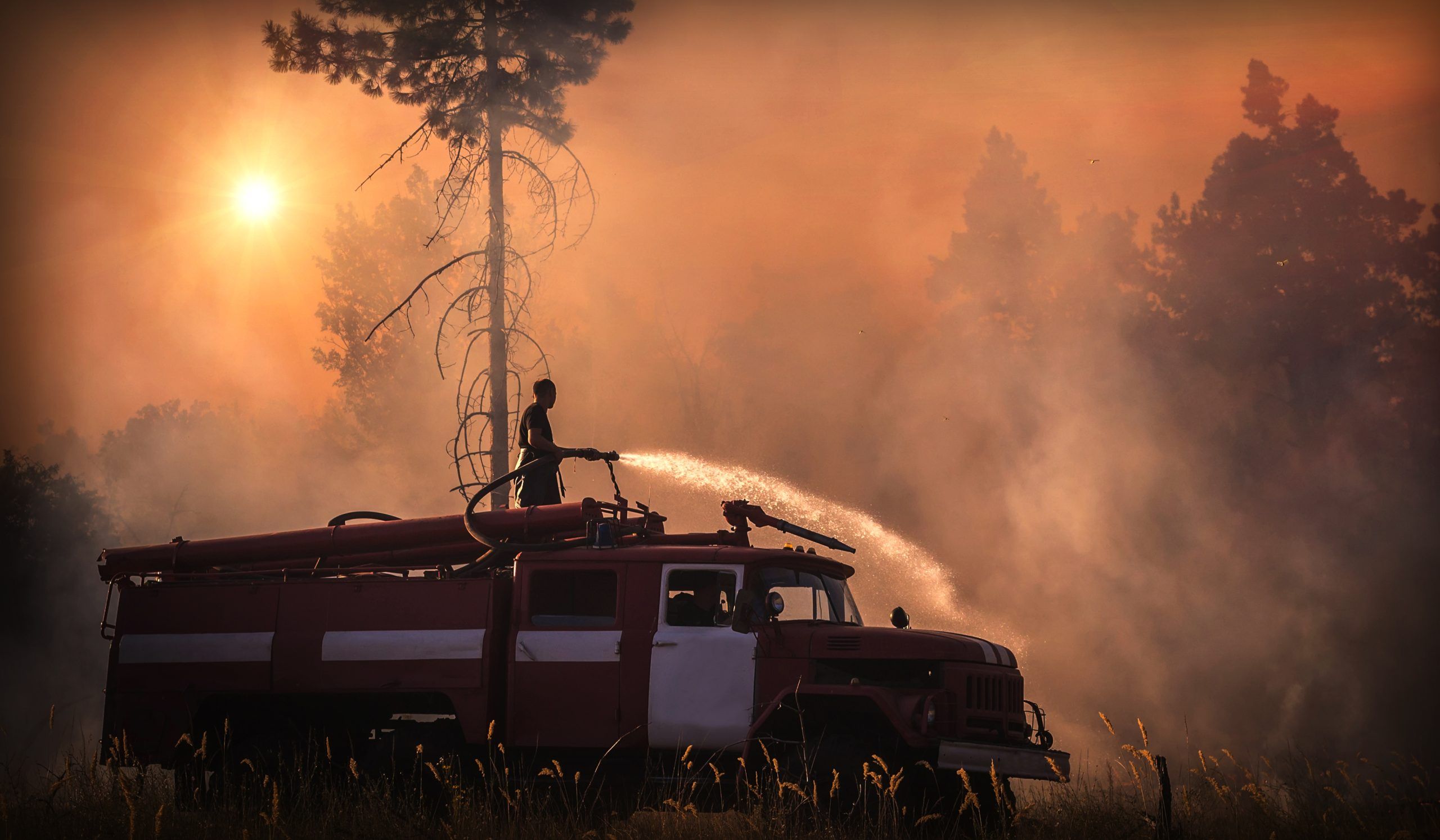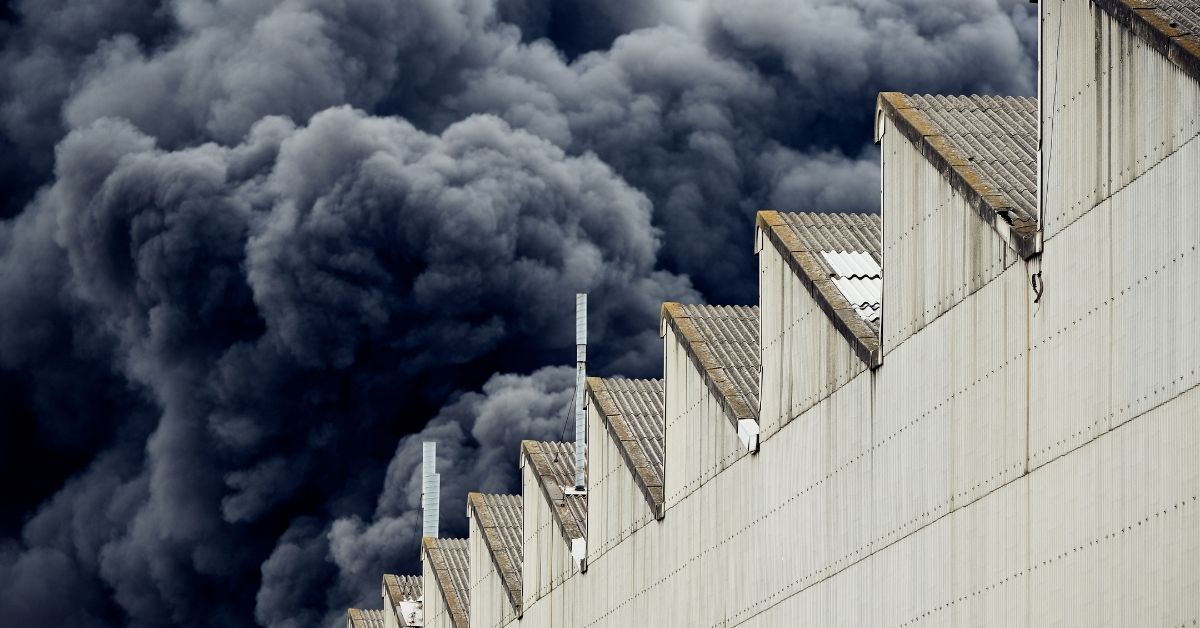In 2018 wildfires in the US reached record levels. More destructive and more deadly, last year’s wave of ‘Super Fires’ had a huge impact on people’s health. It’s no surprise that visits to the ER soared, as people suffered with asthma and other respiratory problems. However, a new line of research suggests that exposure to wildfire smoke is far more menacing.
Scientists found that children exposed to smoke from the Fresno fires of 2015, have experienced changes in the genes associated with their immune system. Making them far more likely to suffer from asthma and infection.
In another study, this time from the California National Primate Research Center, the team found that baby monkeys exposed to smoke from wildfires in the summer of 2008, also showed signs of immune related genetic changes. And perhaps most alarmingly, when these monkeys went on to have babies of their own, they passed on these changes to their offsprings years later. Long after the smoke had gone.
Both studies strongly suggest that exposure to wildfire smoke can have a permanent effect on our immune system, changes that can be passed on to future generations.
Climate change means hotter, drier conditions. These new super fires are here to stay. If we are to reduce our exposure to the smoke, major changes are needed.
There are currently many people living in areas that are prone to wildfires. Housing and development needs better planning, so that affordable housing is available in areas that are risk free. Furthermore, there should be restrictions on new developments in areas that are likely to catch fire.
Forest management also needs to be improved. Whether it’s by mechanical thinning or smaller, controlled fires, our forests need to be cleared. This will help to reduce the risk of huge super fires burning out of control.
There also needs to be more focus on effective evacuation plans. Last year many residents say they received no warning from the authorities about when to evacuate.
And as wildfire officials are predicting another year that is ‘above normal’, the changes we’re talking about need to happen now if we want to avoid the devastation of 2018.



